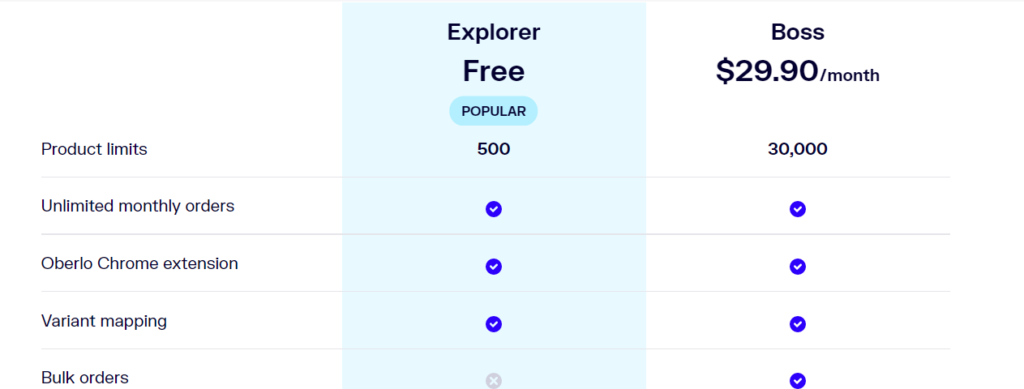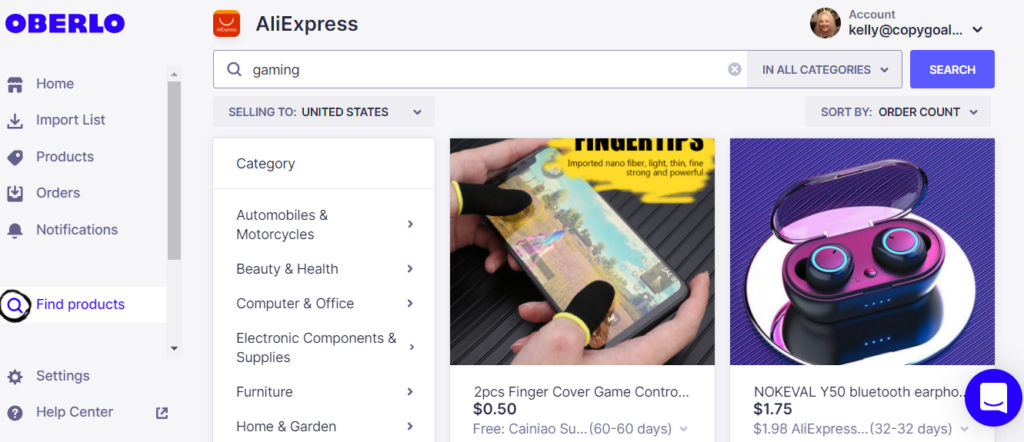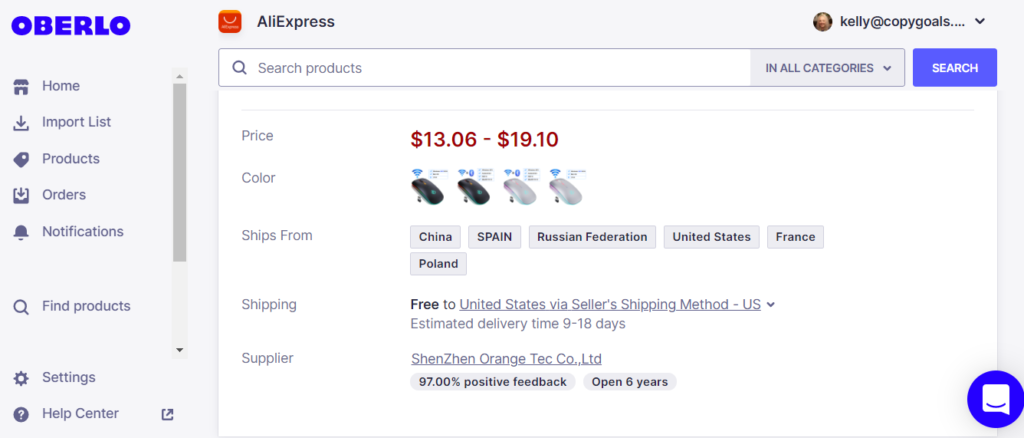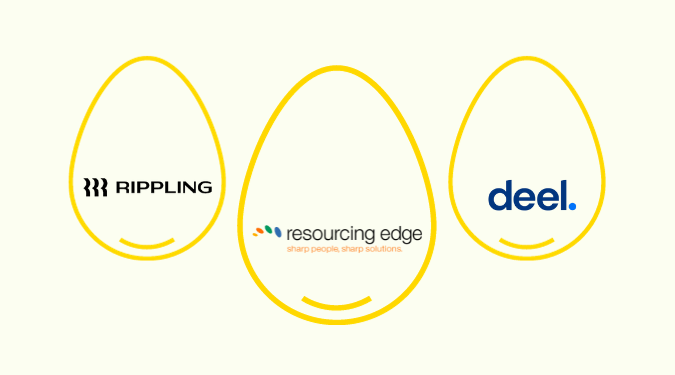Disclosure: This content is reader-supported, which means if you click on some of our links that we may earn a commission.
Dropshipping is unlikely to be the venture that gets you a mansion and a private jet. It can, however, be a nice, additional revenue stream if you already have an ecommerce shop or high-traffic website.
It may not be right for everybody. But if you’re keen to make dropshipping work, we’ll give you the best advice to get you off to a solid start.
Is Starting a Dropshipping Business Worth It?
This is a tricky question. You’ll see many articles on the web that describe how an entrepreneur made big bucks through dropshipping. But you shouldn’t be lured in by their claims.
The truth is, it’s unlikely that dropshipping will make you rich. First, the profit margins are low, as the biggest cut goes to the supplier. This means you’ll need to do a lot of business to make up for your expenses before you even start to make a profit.
Thus, the dropshippers that do well are those that receive a lot of traffic to their stores and therefore have higher conversions. It’s a tough thing to achieve.
It’ll certainly take a lot of time to build up your brand awareness and traffic from scratch. So dropshipping is certainly not the get-rich-quick scheme it might first appear to be.
Furthermore, there is a ton of competition from established dropshipping businesses. And because these businesses receive a lot of traffic, they’re able to lower their prices to take out the competition.
This means you would have to lower your profit margins even further to try to compete.
However, there are ways to approach dropshipping to make it a worthwhile venture. Dropshipping can be particularly useful for established ecommerce businesses. If you have the traffic and the customer base, you can integrate dropshipping into your existing business.
It’s a good idea to use dropshipping for strategic purposes. For example, you might test how well a product sells before you acquire the stock yourself.
Or you could use dropshipping to sell some products and traditional ecommerce for others. For instance, it may be better to dropship expensive products that require extra security in the warehouse or heavy products that are expensive to ship. In other words, get somebody else to do the hard work for you when it comes to these kinds of items.
Finally, if, despite the above advice, you’re still keen on starting a dropshipping business from scratch, you just need to be aware of the fact that it will be hard work to get to a position where your sweat equity is worth it.
The Investment Needed to Start a Dropshipping Business
The reason that dropshipping is so appealing to budding entrepreneurs is that there’s very little overhead. You don’t have to acquire stock, a warehouse to store inventory, staff to sort it, and so on.
The biggest investment will come in the form of your time and effort. That is if you start a dropshipping business from scratch. It’s relatively easy to integrate dropshipping into an existing business model.
There are further costs to consider, however. If you’re just starting out, you’ll likely need to create an online store. Fees vary depending on the platform you use.
Both startups and existing businesses may wish to invest in a dropshipping platform. These offer a catalog of products you can dropship and often automate much of the management for you.
But this is far from a big investment. In fact, if you have a Shopify store, you can start using Oberlo for free. The free plan lets you list up to 500 products and take unlimited monthly orders.

You can level up and get a premium plan when your business grows.
The other expenses you must consider are marketing and advertising. These costs vary enormously depending on your budget, strategy, and the amount of time and effort you’re able to put in yourself.
4 Steps to Start a Dropshipping Business
Getting into the business of dropshipping is easy. It’s the growth part that’s hard. Here you’ll find advice that’ll help you do both. Put solid foundations in place that’ll encourage success and get the word out there to start building a presence for your online store or new products.
1. Choose a Profitable Niche
If you already have an ecommerce store, then you no doubt have an established niche. So this step is for those starting from scratch.
When choosing a niche for your dropshipping business, you must find a market that isn’t already saturated. At the same time, there needs to be enough demand for the products for you to make a profit. Find this sweet spot, and you increase your chances of success.
The goal is to become the go-to website for a particular category of products. The more unique the category is, the less competition you’ll face.
Start by considering the industries you have a passion for, or even better, insider knowledge about. For example, you’re a keen jogger or you dig retro gaming. This will give you an advantage when it comes to picking the right products to dropship and marketing your wares.
When you have some ideas, you need to determine their profitability. Consider the following:
- Is there a demand for products in this industry? Is there a passionate audience?
- How difficult will it be to compete? Are there already major players that dominate the industry? Or are lots of dropshippers trying to sell the same stuff?
- What is the potential profit margin on products in this industry? Will it be enough to cover fees and expenses?
2. Find Dropshipping Suppliers
You must find reliable dropshipping suppliers as their products and shipping reflect on your business. If a customer has a problem with an item, they’ll contact you (not the supplier) and/or leave a poor review.
If you already have an ecommerce store and are using dropshipping as a supplementary venture, you’ll likely have suppliers you already work with. But, not all suppliers provide dropshipping, so you may still need to seek out new suppliers.
Either way, you may choose to use a dropshipping platform, such as Oberlo to find relevant products and suppliers. It uses AliExpress, so there are millions of items available. All you need to do is search your relevant keywords in the products section of the dashboard.

Then, when you find the right item, you’ll be able to discover useful information about both the product and supplier.
For example, you can see that this Bluetooth gaming mouse comes from a supplier with 97% positive feedback that has been operating for six years. The supplier also ships the product in 9-18 days:

This is, of course, the kind of key information you need to seek out when researching suppliers.
Alternatively, you can find dropshipping suppliers through a wholesale directory, for example, SaleHoo. Or reach out to manufacturers directly to see if they can provide you with a list of genuine wholesalers for their products.
Here’s what you need to look out for when choosing dropshipping suppliers:
- Years of experience
- Helpful, well-informed staff
- Reasonable order fees
- Suitable shipping times
- A good return policy
- A solid reputation
It’s also a good idea to order and test products yourself. That way, you can see if the estimated shipping times are correct. You’ll also be able to determine the quality of the product, i.e., if you’ll suffer from bad reviews, returns, and the like, because of a shoddy product.
3. Choose Sales Channels
If you’re starting from scratch, you’ll need a place to start selling your chosen products. First, you could opt for an established online marketplace, such as eBay or Amazon.
There are pros and cons to using these sales channels. They’re already established websites with lots of traffic, and therefore lots of potential customers. And it’s easy to set up shop with these sites.
However, there’s also a lot of competition on these marketplaces. Plus, you’ll be charged fees for every sale you make.
Therefore, Amazon or eBay may be a good starting point to get your first customers. Yet, given your already low profit margins, it’s unlikely you’ll want to pursue these marketplaces in the long term.
The other option is to create your own online store. It’s a good idea to have your own piece of online real estate for which you can begin to build a presence and audience. As mentioned above, you can make your site the go-to for all things jogging or all things retro gaming, etc. It’ll be like a boutique for enthusiasts.
There are a number of ecommerce platforms you can use. Our top pick is Shopify, given its wide range of integrations and accessibility for all skill levels.
Once you’ve set up your online store, then you’ll simply need to integrate dropshipping. The same goes if you already have an ecommerce store.
For example, if you have a Shopify site, you can install Oberlo from the Shopify App Store. All you need to do then is add products from the Oberlo app to your store, and Oberlo takes care of the rest, i.e., forwarding your order to the supplier and so on.
There are similar tools, such as Dropified and Wholesale2b, that integrate with the other leading ecommerce platforms like WooCommerce, BigCommerce, etc., as well as Shopify.
4. Market Your Products
If you have an existing online store, you likely already have marketing and customer acquisition strategies in place. From a strategic standpoint, it makes sense to market the products you’ll dropship in the same way you’d market other similar products.
You’ll also be able to make a direct comparison between the products you dropship and those you don’t if you use the same marketing techniques and resources. This way, you’ll gather the insights you need, if, for example, you’re using dropshipping as a test run for a new product line.
For the newbies out there, you’ll need to develop your strategies from the ground up. Certain marketing strategies work particularly well for ecommerce stores:
- Email Marketing – Use it to build a loyal customer base. You want to develop a following that’ll keep coming back to your store whenever they need a new item. Gather email addresses at the checkout or via on-site pop-ups. Share product updates, relevant content, abandoned cart reminders, and so on.
- SEO & Content – As we’ve said, dropshipping isn’t a get-rich-quick venture. Therefore, it makes sense to use a marketing strategy that involves SEO and content to build up your traffic over time. SEO is a huge topic, and there’s too much to cover here. Just be sure to stay up-to-date with any developments from Google and the current best practices.
- Paid Ads – Paid ads on Google and social media have a short-term payoff. We recommend that you use this strategy for your dropshipping business with caution. The cost of running ads might make sense for traditional ecommerce stores, but not necessarily for dropshippers, as ads will cut into your profits.
- Influencer Marketing – Even the smallest businesses can work with influencers these days. If you chose a unique niche, you could work with micro-influencers with a highly targeted following and cost less than working with big names.
- Social Media – You might want to try incorporating social shopping into your strategy. Customers can buy directly from you via social channels. However, you should also build up your following by posting engaging, relevant content that isn’t all about making sales.
Next Steps
Some claim that dropshipping is a way to earn a passive income, but that’s nonsense.
You’ll need to maintain customer satisfaction, explore trends and product ideas, optimize your online store to increase sales, and more. This is not a passive income stream. You’ll need to work at it to continue growing. Why would you not want to grow your business?
With that in mind, you may wish to check out our tips for doubling your conversion rates. Here you’ll find a bunch of simple yet effective tactics that you can leverage right away to increase sales. And discover how to create an ecommerce conversion funnel that’ll help you boost conversions over the months and years to come.














